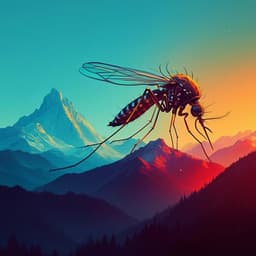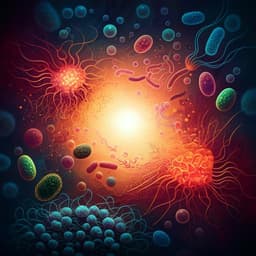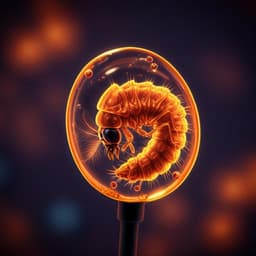
Environmental Studies and Forestry
Perceived global increase in algal blooms is attributable to intensified monitoring and emerging bloom impacts
G. M. Hallegraeff, D. M. Anderson, et al.
Explore the latest findings on global harmful algal blooms, revealing complex regional trends that vary dramatically from one area to another. This research, conducted by an expert team of authors, highlights intensified monitoring efforts tied to aquaculture expansion as a key factor in the perceived increase of these blooms.
Playback language: English
Related Publications
Explore these studies to deepen your understanding of the subject.







